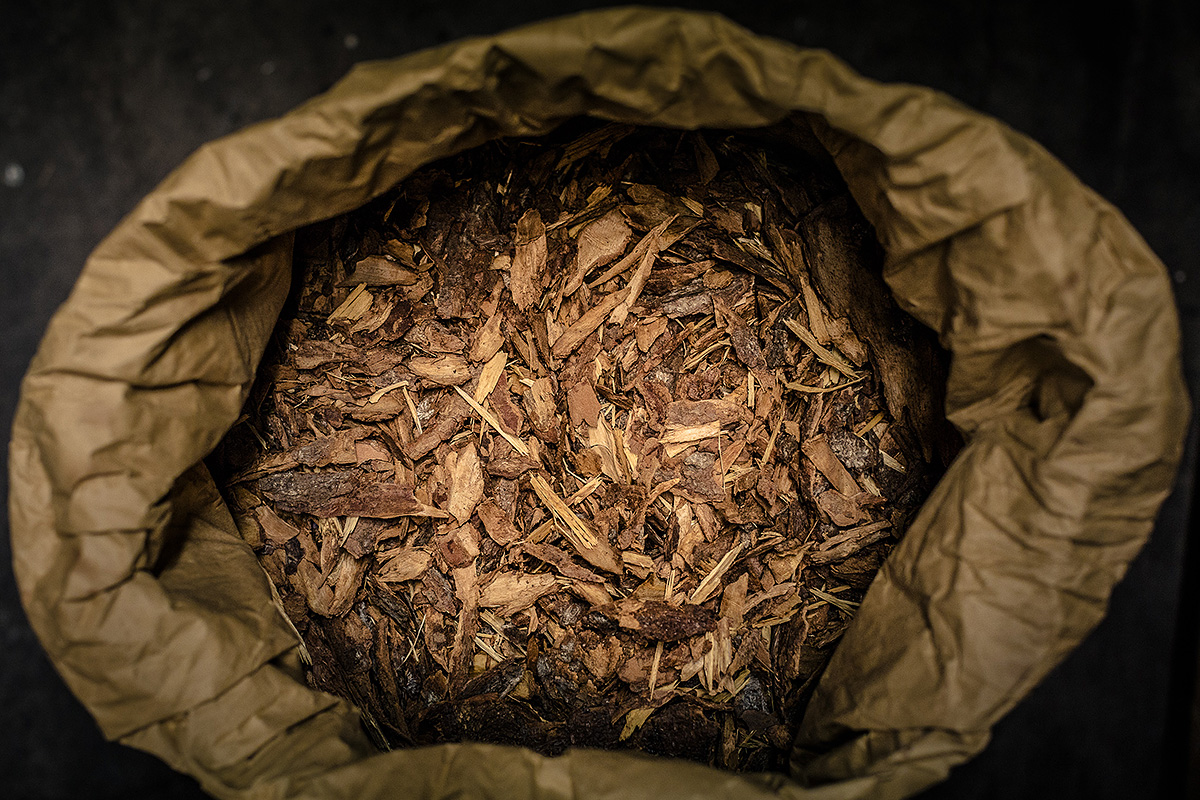Renewable
The core material of our products, animal hide, is a by-product from cattle husbandry that we contribute to recycling in a highly meaningful way.
(Some people argue that it is wrong to keep animals for the purpose of slaughtering and eating them. We wish not to enter that argument. But we hope everybody can agree, that it would be a waste not to take care of and make the hides useful, once the animal meat has been eaten.)
The hides that we spruce bark tan come from Swedish cattle husbandry, which belongs to the most ethical in the world. Animals are kept under good conditions for their lifetime and slaughter is highly regulated by animal protection laws. Swedish cattle husbandry also has a strong reputation for the quality of the hides. The most important factor in this, is that Swedish cattle is less exposed to hide damaging insects due to our cold climate. Read all about Swedish cattle hide.
The reindeer hides used by Böle come from the traditional reindeer husbandry carried out by the Sami, the native people of Sweden, Finland and Norway. Sami reindeer husbandry is a unique symbiosis between man and animal, where animals lead their natural lives in their natural environment. Böle contributes to this culturally and ecologically important tradition by making a valuable use of the reindeer hides. Read all about Nordic reindeer.
Since our leathers are not dyed, painted or coloured with any modern chemicals, they are perfectly biodegradable as they are (provided you remove any metal locks and similar first).
To tan our hides we utilize water from the Pite river, which runs just outside our tannery windows. (We actually use very little water in our traditional process, since we never empty our vats, but only refill to compensate for evaporation and change of bark). Pite river is fed by the Scandic mountains and runs strong, all year round, meaning that this water is an easily renewable resource. Should that situation ever change, we will have to reconsider our practise. Read all about Pite river water.
The other ingredient in our tanning process is spruce bark. Our spruce bark is either harvested from living trees that continuously grow new bark, or a by-product from saw mills producing wood for the construction industry. As far as we are aware, our spruce bark tanning represents the most meaningful use of it as a by-product. Spruce is the most common tree where we come from. Swedish forestry has high ecological standards and spruce forests are continuously being replanted, making spruce bark a renewable resource. Read all about spruce bark.
As for packaging materials, we primarily use Swedish carton that has been handcrafted into carton boxes in Sweden. This way, we avoid shipping packaging materials from of one end of the world home to us and then filling it with a product that shall be shipped back to where the packaging material originally came from. For our rucksacks and briefcases, we use a birch box that is grown (the birch) and made (the box) in our neighbourhood. Birch is, like spruce, very common and quickly renewable in our immediate surroundings. Actually, looking out our window, we overlook the Pite river banks that are full of birch trees leaning out over the water. Read more about birch wood.
